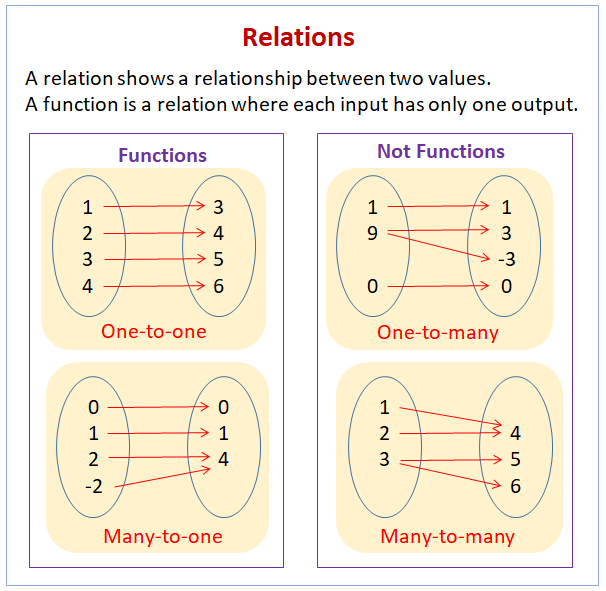In the grand tapestry of chemistry, the relationship between atoms, molecules, and ions forms a complex yet beautifully orchestrated symphony. At the core of this symphony lies a playful yet profound question: how do these fundamental entities interact and contribute to the very essence of matter? This exploration invites us to embark on a challenge: unraveling the threads that weave together the microscopic world of atoms and their collective behavior in forming molecules and ions.
To appreciate the interconnections between atoms, molecules, and ions, one must first understand what each entity represents. Atoms are the basic building blocks of matter, embodying the elements of the periodic table. They are composed of protons, neutrons, and electrons, with protons and neutrons residing within the nucleus, while electrons orbit the nucleus in defined energy levels or shells. The intricate balance between these charged particles imparts a distinct identity to each element, dictating its chemical properties and reactivity.
Moving to the next level of complexity, we encounter molecules. Molecules are formed when two or more atoms interact through chemical bonds, specifically covalent or ionic bonds. Covalent bonds arise when atoms share electrons, leading to the formation of stable entities that can be as simple as diatomic molecules like O2 or as complex as large biological macromolecules such as proteins and nucleic acids. Ionic bonds, on the other hand, involve the transfer of electrons from one atom to another, resulting in charged entities known as ions. This transfer of electrons often occurs between metals and non-metals, resulting in the formation of salts such as sodium chloride (NaCl).
But what exactly is an ion? Ions are atoms or molecules that have gained or lost one or more electrons, resulting in a net electric charge. Cations are positively charged ions, occurring when an atom loses electrons, while anions are negatively charged, formed when an atom gains electrons. This alteration in electron configuration significantly influences an ion’s chemical and physical behavior, affecting everything from solubility to conductivity in solutions.
Thus, the relationship between atoms, molecules, and ions can be likened to a three-tiered hierarchy, where atoms lay the foundational groundwork, molecules embody the collaborative efforts of atoms, and ions represent the dynamic exchange of electrons that fosters electronegativity and reactivity. It is within this framework that one can observe how atoms interact to form molecules and how these molecules can exist as neutral entities or dissociate into ions in solution.
Consider, for instance, the process of ionization, where energy is applied to an atom or molecule, causing it to lose or gain electrons. This phenomenon highlights not only the individual behavior of atoms but their potential to alter states and behaviors through energetic interactions. How does this ability to gain or lose electrons influence the behavior of matter at larger scales, such as in chemical reactions or when subjected to electrical fields? This question propels us deeper into the fascinating realm of chemistry.
Furthermore, examining the role of intermolecular forces—such as hydrogen bonds, dipole-dipole interactions, and van der Waals forces—elucidates how these entities interact beyond their individual atomic structures. Molecules do not simply exist in isolation; they interact continuously, leading to a variety of physical properties such as boiling points, melting points, and solubility. For example, the polar nature of water molecules—due to their bent shape and the difference in electronegativity between oxygen and hydrogen—grants water its unique solvent properties, which are vital for biochemical processes and life.
In the context of biological systems, the distinction and interplay between ions and molecules become even more crucial. Ions, such as sodium (Na+) and chloride (Cl–), are essential for nerve impulse transmission and muscle contraction, while complex molecules like proteins and nucleic acids carry the genetic information necessary for life. This intersection highlights the importance of both ionic and molecular forms in biological chemistry, where the integrity and function of living systems hinge on the delicate balance of interactions among atoms, molecules, and ions.
At this juncture, one might ponder the repercussions of manipulating these relationships in various scientific endeavors. In fields such as materials science, the ability to engineer molecular and ionic properties allows for the creation of novel substances, from superconductors to pharmaceuticals—even materials with tailored properties for specific applications. This interplay between fundamental chemistry and practical application serves as a reminder of the intricate beauty found in the relationship between atoms, molecules, and ions.
In summation, the relationship between atoms, molecules, and ions is not just a mere academic exercise; rather, it is a profound inquiry into the very foundations of matter and life. The challenge posed invites us to appreciate the minutiae of the interactions that govern our universe, driving the chemical processes that define both the material world and the biological processes crucial for existence. By dissecting these relationships, we can unveil not just the nature of substances but also the potential for innovation and discovery in the myriad fields that intersect with chemistry.












